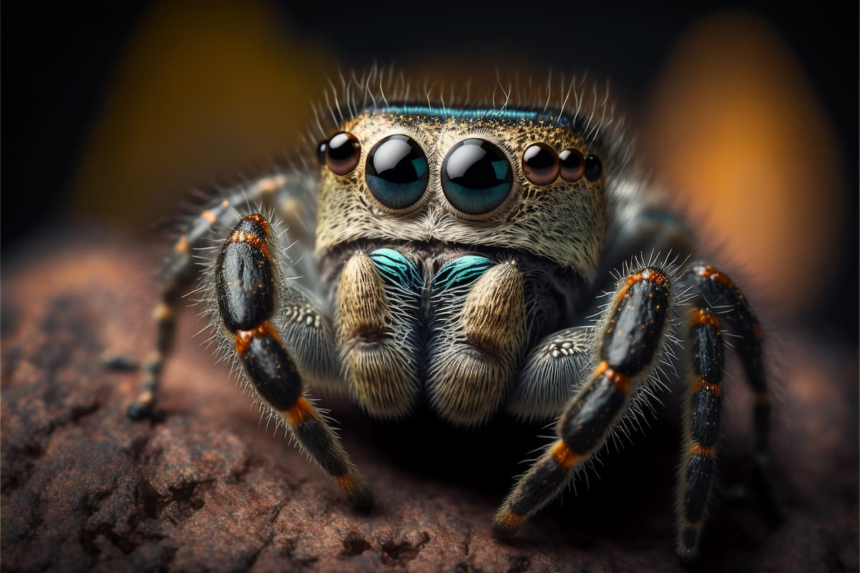The world’s deadliest spiders : Explore the characteristics and dangers of spiders like Black Widow and Sydney Funnel-web in our in-depth guide. Learn about their habitats, behavior, and potential threats to stay informed and safe.
The world’s deadliest spiders : Introduction
The world’s deadliest spiders : With over 43,000 different species of spiders inhabiting our planet, only a small fraction is considered dangerous to humans. Despite their vast numbers, less than 30 species, accounting for less than one-tenth of one percent, have been responsible for human deaths. The rarity of fatal spider bites can be attributed to the size differences between humans and spiders. While spider venom is designed to affect smaller prey, some species can cause significant harm, leading to skin lesions or fatal allergic reactions. It’s crucial to note that deaths from spider bites are exceptionally rare due to the availability of species-specific antivenin in clinics, poison control centers, and hospitals.
ALSO READ : The Venus Flytraps : The Fascinating World Of Carnivorous Plants
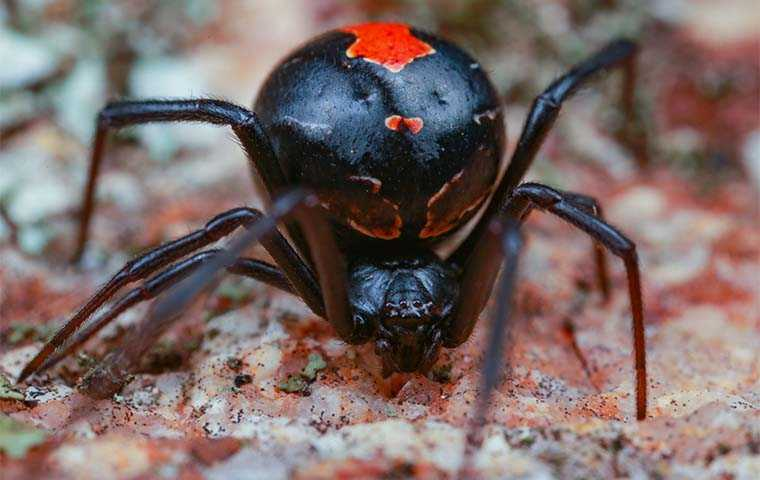
9. Brown recluse spider (Loxosceles reclusa)
The brown recluse spider, also known as the violin spider, is one of the most dangerous spiders in the United States. Its venom can destroy blood vessel walls, leading to large skin ulcers. While deaths from its bites are rare, the healing process may take several months. Found primarily in the western and southern United States, brown recluse spiders have extended their range, making homes in various environments, including caves and buildings.
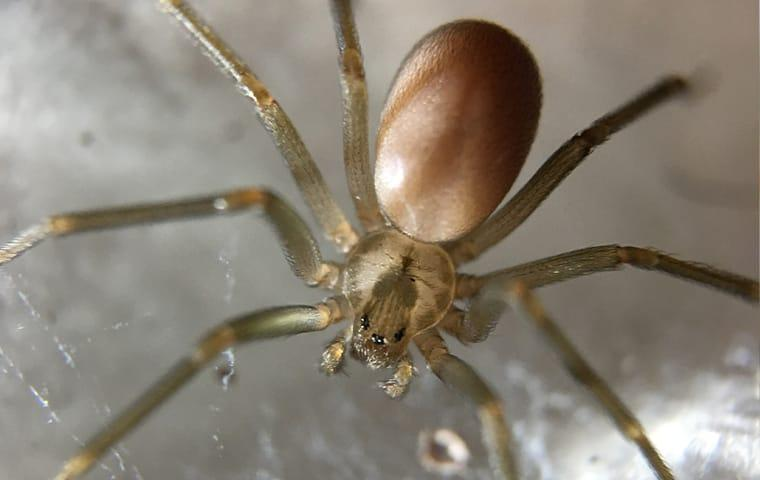
8. Brazilian wandering spiders (Phoneutria fera and P. nigriventer)
Known as banana spiders due to their frequent presence on banana leaves, Brazilian wandering spiders are considered the deadliest spiders globally. Their venom is toxic to the nervous system, causing symptoms such as salivation, irregular heartbeat, and even prolonged, painful erections in men. In 2013, a family in London faced an infestation of these spiders, highlighting their potential danger.
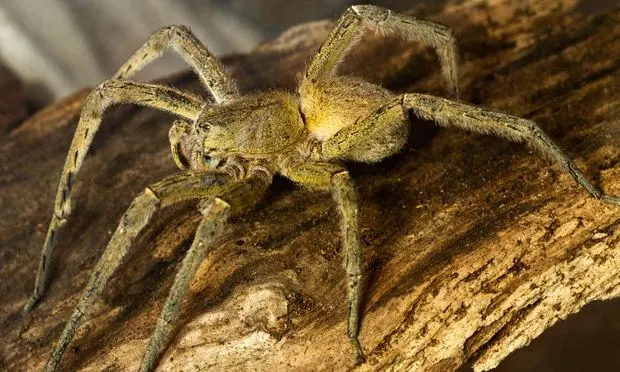
7. Yellow sac spider (Cheiracanthium inclusum)
Found throughout the United States and into South America, yellow sac spiders are venomous to humans. While their bites rarely result in necrotizing lesions, common reactions include redness and swelling. Notably, female yellow sac spiders may bite in defense of their eggs.
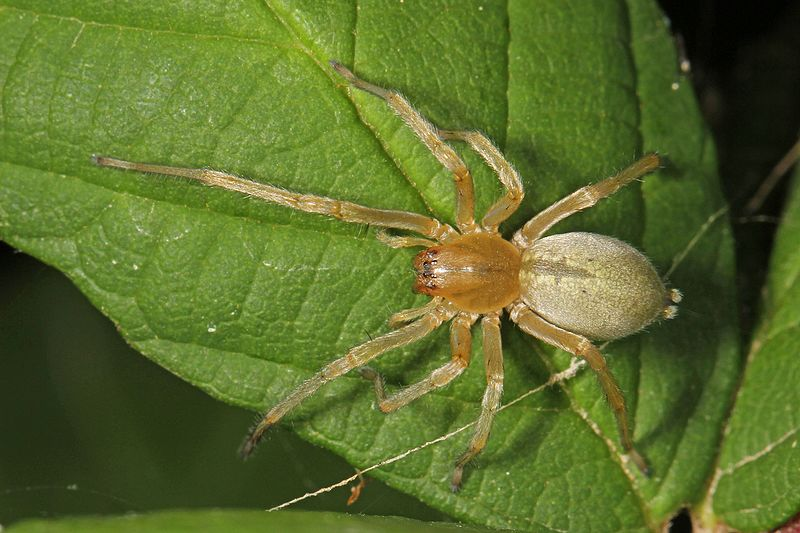
6. Wolf spider (Family lycosidae)
Wolf spiders, known for their hunting behavior, are widespread globally. Though venomous, their bites are not generally dangerous. However, individuals allergic to spider bites may experience nausea, dizziness, and an elevated heart rate. The wolf spider’s large fangs cause physical trauma, with the bite often likened to a bee sting.
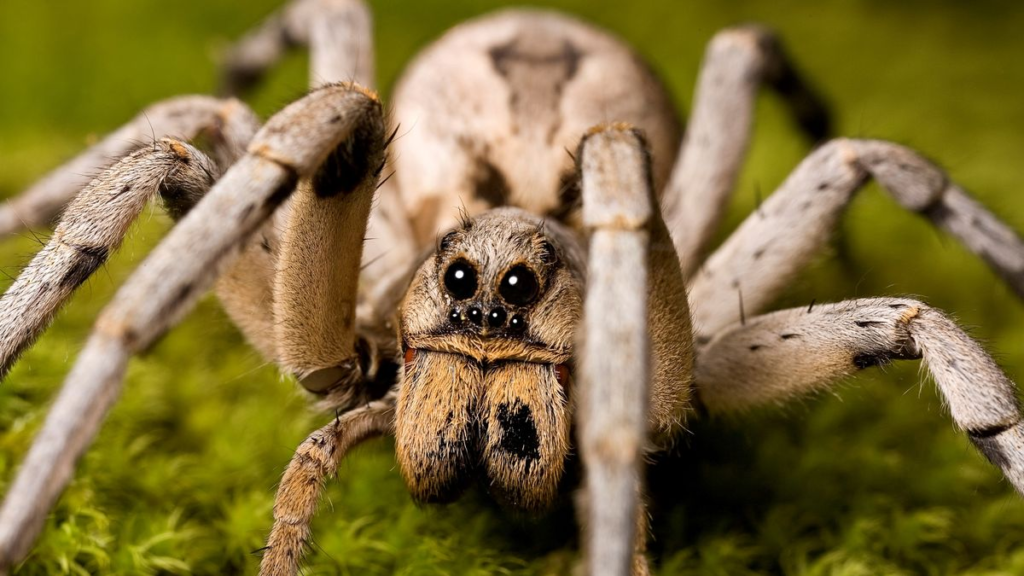
5. Black widow spider (Latrodectus mactans)
Responsible for over 2,500 visits to poison control centers annually in the U.S., the black widow spider is found in North and Latin America. Its bite can lead to severe muscle pain, cramping, nausea, and mild paralysis of the diaphragm, making breathing difficult. While fatalities are rare, the bite can be more dangerous for very small children and the elderly.
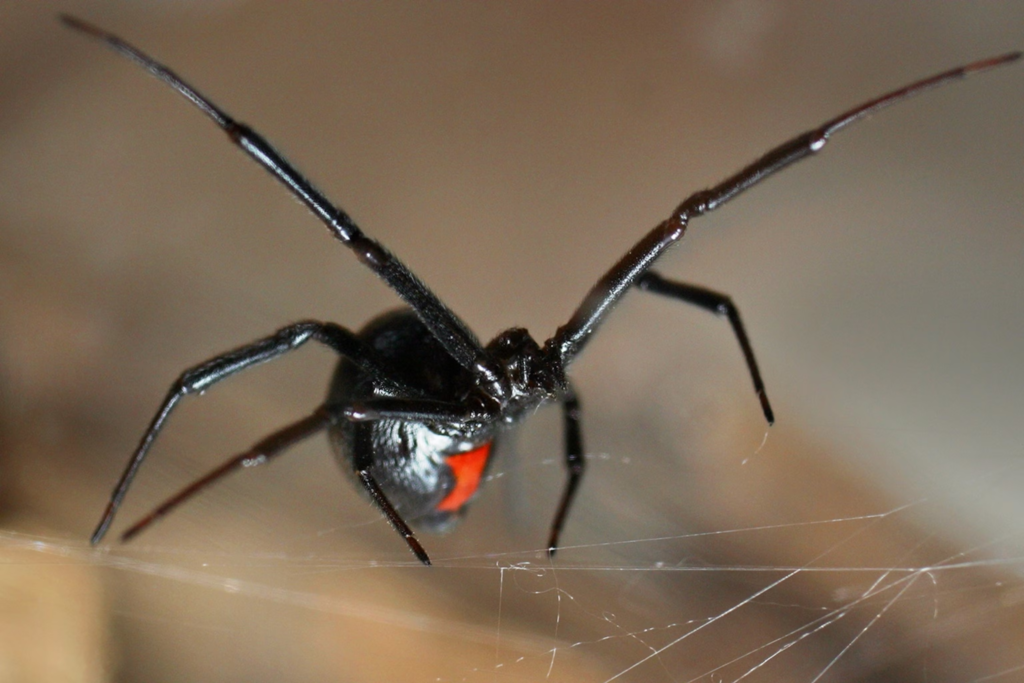
4. Brown widow spider (Latrodectus geometricus)
Considered an invasive species, the brown widow spider’s venom is twice as powerful as that of the black widow. However, the spider is not aggressive and injects only a small amount of venom in its bites. While fatalities have occurred, they typically involve individuals in poor health who did not receive antivenin.
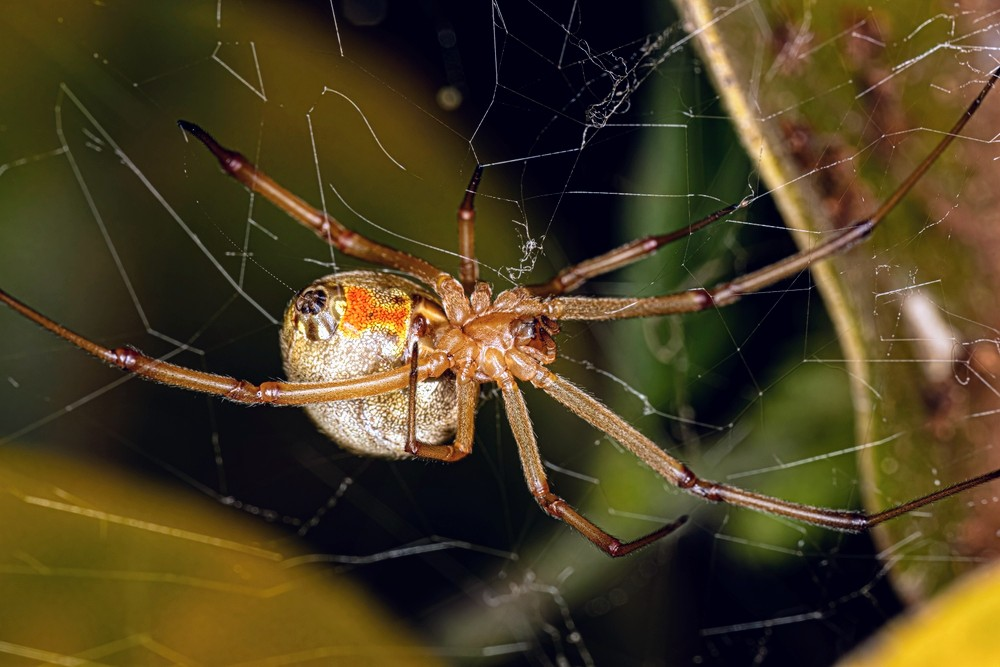
3. Red widow spider (Latrodectus bishopi)
Distinctive for its red markings, the red widow spider is found in Florida. While not aggressive, it may bite when protecting its eggs or trapped against human skin. Similar to the black widow, its bite causes pain, cramping, and nausea. Deaths from red widow bites are rare, affecting vulnerable individuals.
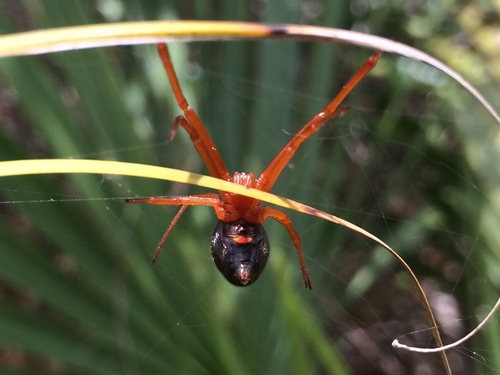
2. Redback spider (Latrodectus hasselti)
Native to Australia, the redback spider has spread to various countries. Non-aggressive, it is more likely to play dead when disturbed. Female bites can cause pain, sweating, rapid heartbeats, and swollen lymph nodes. While antivenin is available, its effectiveness is debated, and the last recorded human death occurred in 1956.
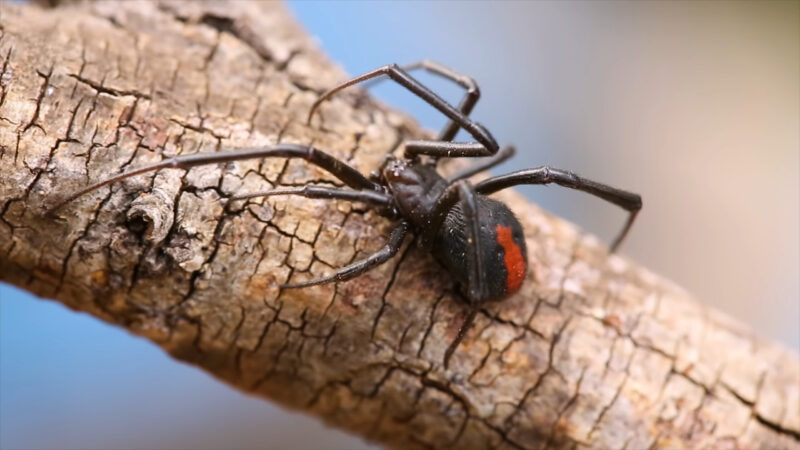
1. Funnel-web spiders (Family dipluridae)
The world’s deadliest spiders : Named for their funnel-shaped webs, funnel-web spiders are found globally. Species like Atrax robustus and A. formidabilis in Australia are known for their venomous bites, causing several human deaths. An effective antidote exists if administered promptly after a bite.
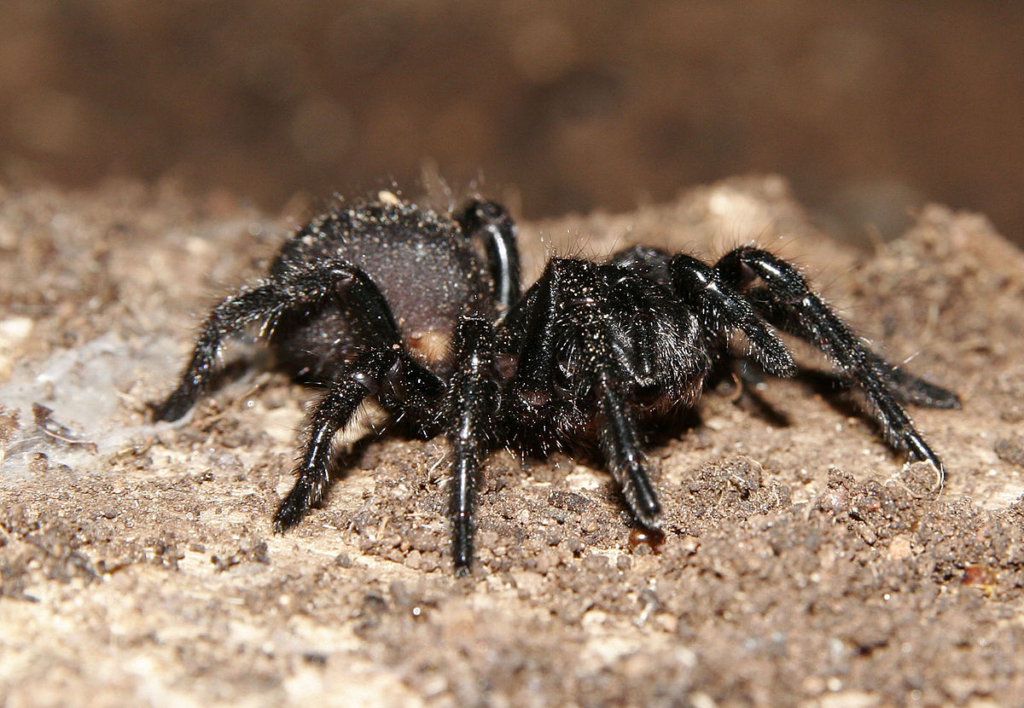
Conclusion
The world’s deadliest spiders : While the vast majority of spiders pose no threat to humans, understanding the potential dangers of certain species is crucial for minimizing risks. With the rarity of fatal spider bites, prompt medical attention, and the availability of antivenin, most encounters with these arachnids can be managed effectively.
To explore more news : Click Here
ALSO READ : The Clever And Playful World Of Cockatoos : Masters Of Fun And Mischief







